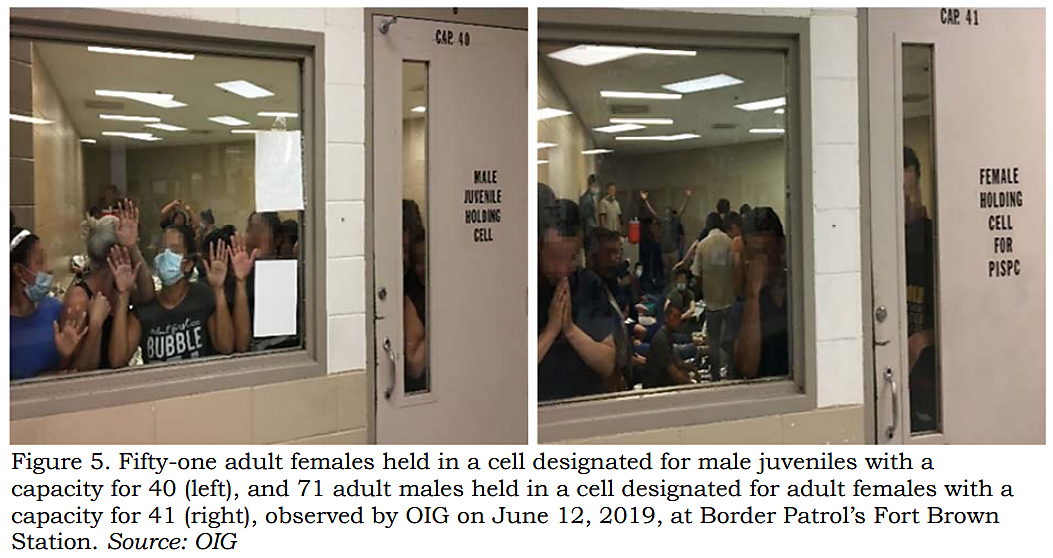A study published last month in the peer-reviewed journal Addiction by researchers at the British Columbia Centre for Disease Control and the British Columbia Centre on Substance Use found that harm reduction strategies were responsible for the province’s opioid-related overdose death rate being less than half of what it otherwise would have been between April 2016 and December 2017.
The researchers noted that 77 percent of opioid-related overdose deaths during that time frame involved illicit fentanyl. Vancouver has long been a major port of entry for fentanyl and fentanyl analogs, produced in China and other parts of East Asia, often using historic seaborn drug trade routes.
During the 23 months ending December 2017 there were 2,177 overdose deaths in British Columbia, according to the British Columbia Centre for Disease Control. Using mathematical modeling methodology to estimate monthly overdose and overdose-death risk along with the impact of harm reduction interventions, the researchers concluded an estimated 3,030 overdose deaths were averted.
The three harm reduction strategies investigated were take-home naloxone kits, safe injection sites, and “opioid agonist therapy”— known in the U.S. as Medication Assisted Treatment (which includes methadone, buprenorphine, hydromorphone, and heroin assisted treatments in British Columbia). The researchers employed counterfactual simulations with the fitted mathematical model to estimate the number of deaths averted for each harm reduction strategy as well as the three strategies in combination.
While the harm reduction strategies combined for more than 3000 deaths averted, the number of lives saved by each strategy taken in isolation broke down as follows:
- 1,580 (1,480–1,740) deaths averted by take-home naloxone
- 230 (160–350) deaths averted by safe injection sites
- 590 (510–720) deaths averted due to opioid-agonist therapy
All three interventions worked in synergy to greatly reduce the death rate, but the widespread distribution of naloxone saved the most lives.
Michael Irvine, the study’s lead author, told Canadian Broadcasting Company reporters that in recent years the overdose crisis has been driven by a prevalence of fentanyl and fentanyl analogs.
Among the developed nations, Canada has been one of the hardest hit by the overdose crisis on a per capita basis, with overdose deaths in Vancouver, BC approximating those of some of the worst-hit states in the U.S. as recently as 2017. This recent study gives us reason to conclude that, had British Columbia not embraced harm reduction strategies, the per capita overdose rate would have far-exceeded that of the U.S.
Canadian policymakers are being urged to curtail the prescription of opioids to patients in pain, despite the fact that more than three-quarters of overdose deaths involve fentanyl and, as in the U.S., the majority of overdose deaths involve multiple other drugs as well, including cocaine, heroin, benzodiazepines, and alcohol. This approach is driven by the failure to recognize there is no correlation between the number of prescriptions written for patients and the incidence of non-medical use of prescription opioids or prescription opioid use disorder.
The Canadian government has also given in to pressure by the U.S. government to double down on its war on drugs. But in the U.S., researchers have learned that overdoses from the non-medical use of licit and illicit drugs has been on a steady exponential increase since the 1970s–the only variation being which particular drug is in vogue in any particular era–with no evidence of any slowing. It appears to be a result of sociocultural and psychosocial factors. There is no reason to believe things are much different in Canada.
Efforts to approach this problem by doubling down on supply-side interventions and the War on Drugs are doomed to fail—and will only cause more people to die. Fighting a war on drugs is like playing a game of “Whac-a-Mole.”
If the British Columbia experience should teach policymakers anything, it should be that harm reduction is the most effective way to end the overdose crisis. Ending prohibition would be the most consequential form of harm reduction.



